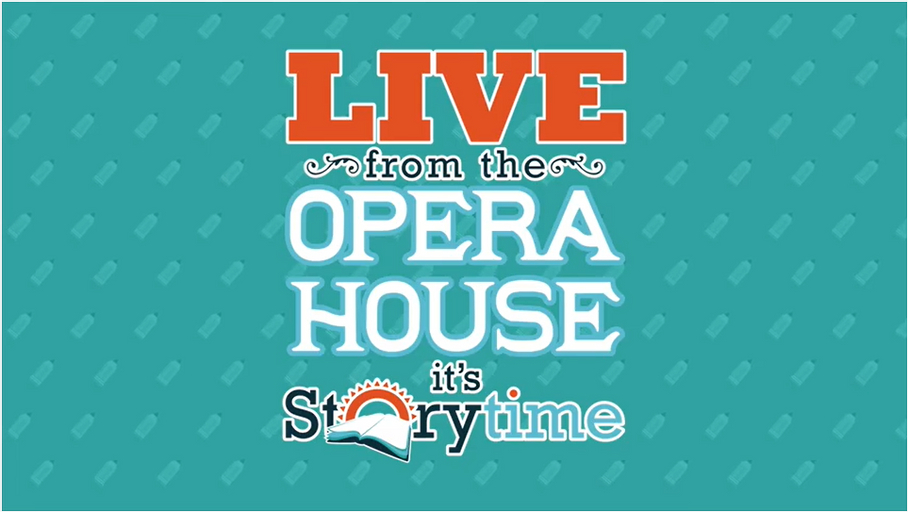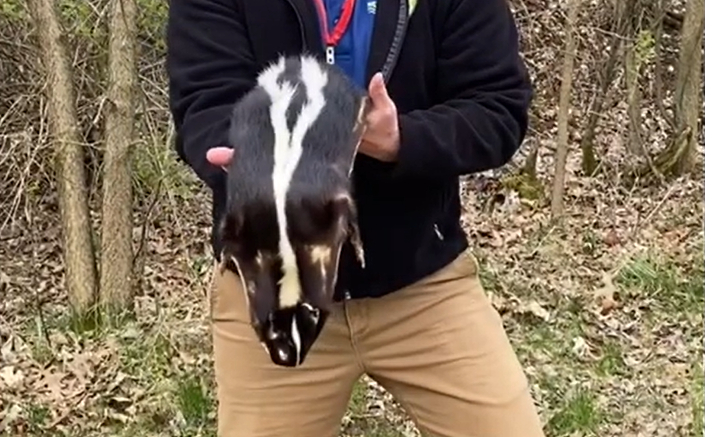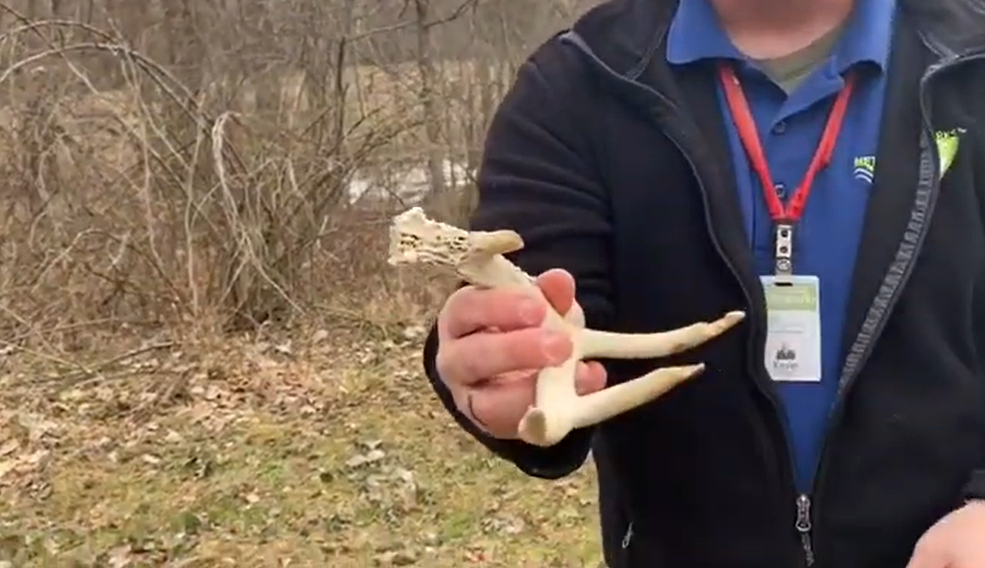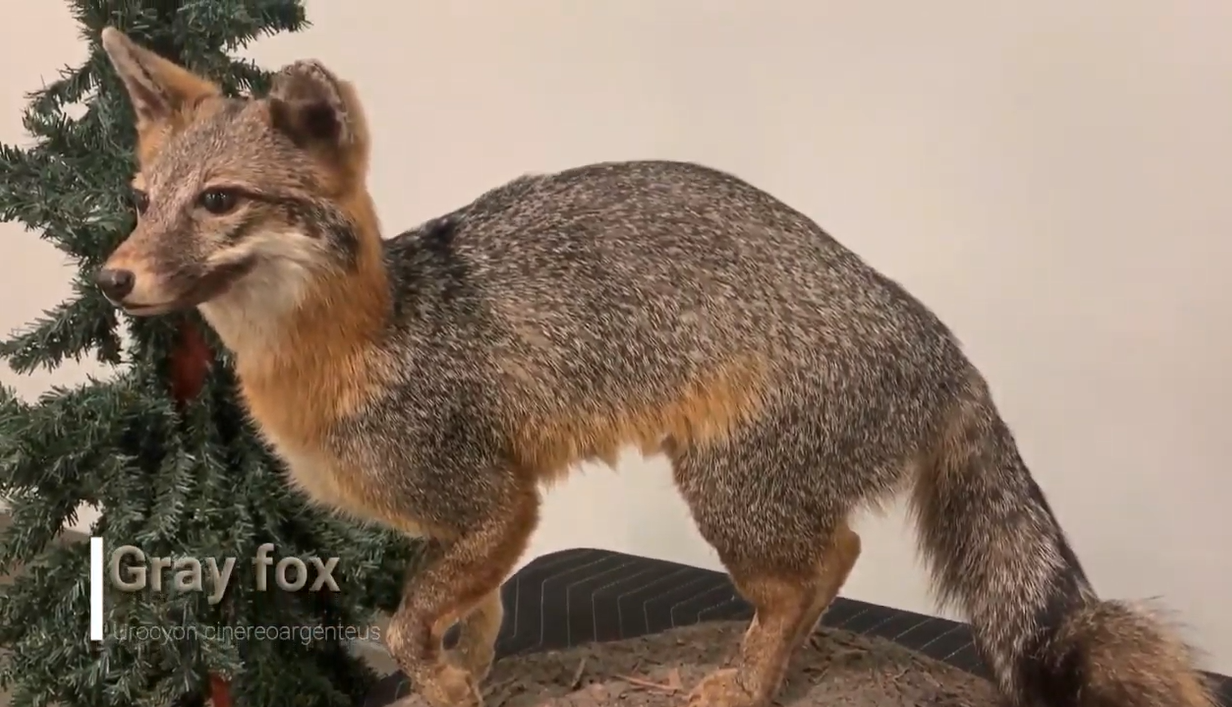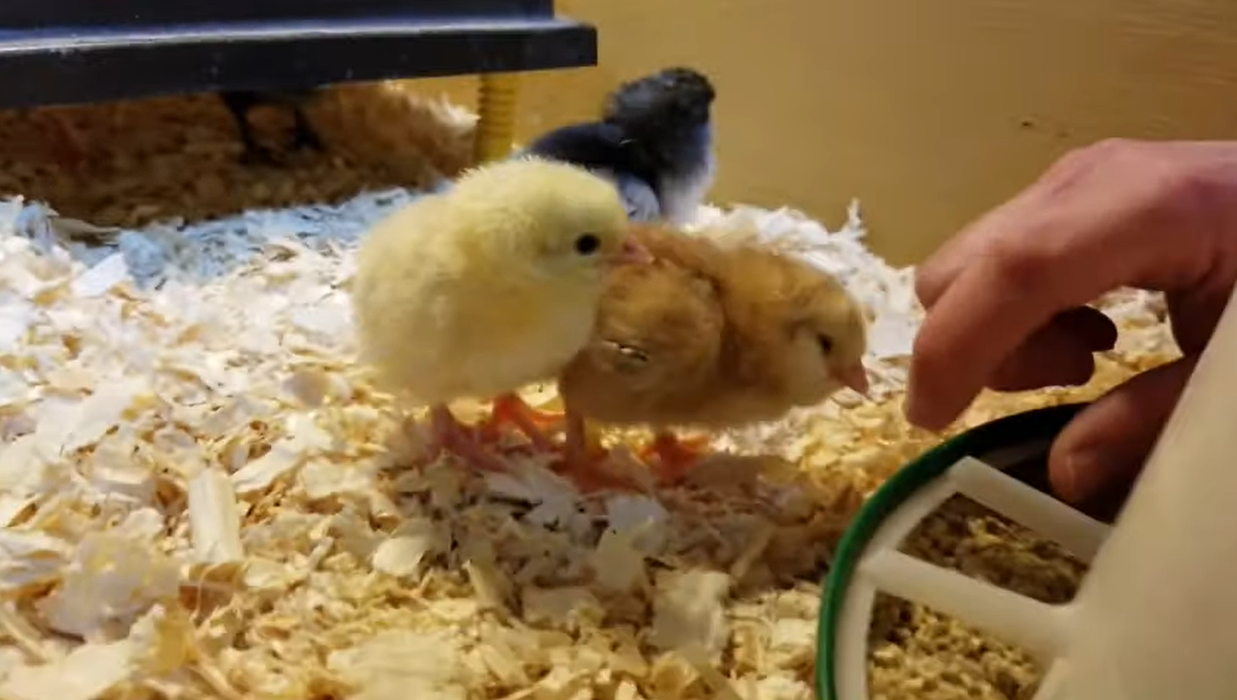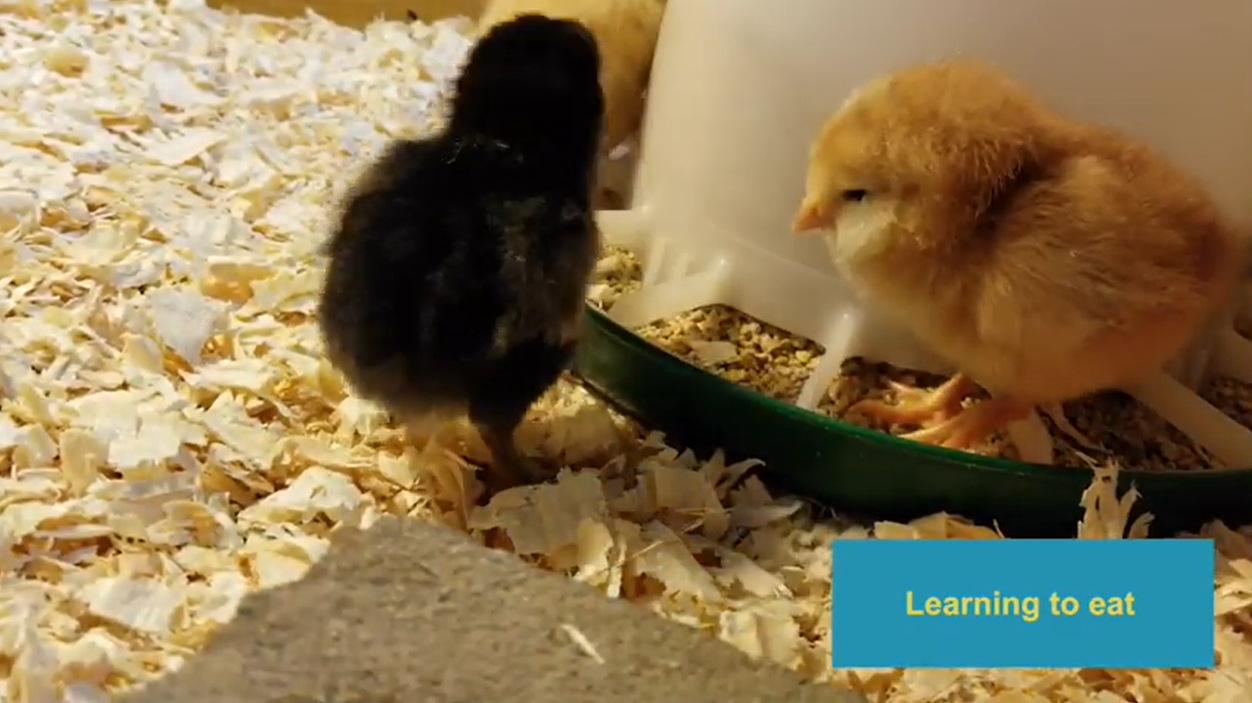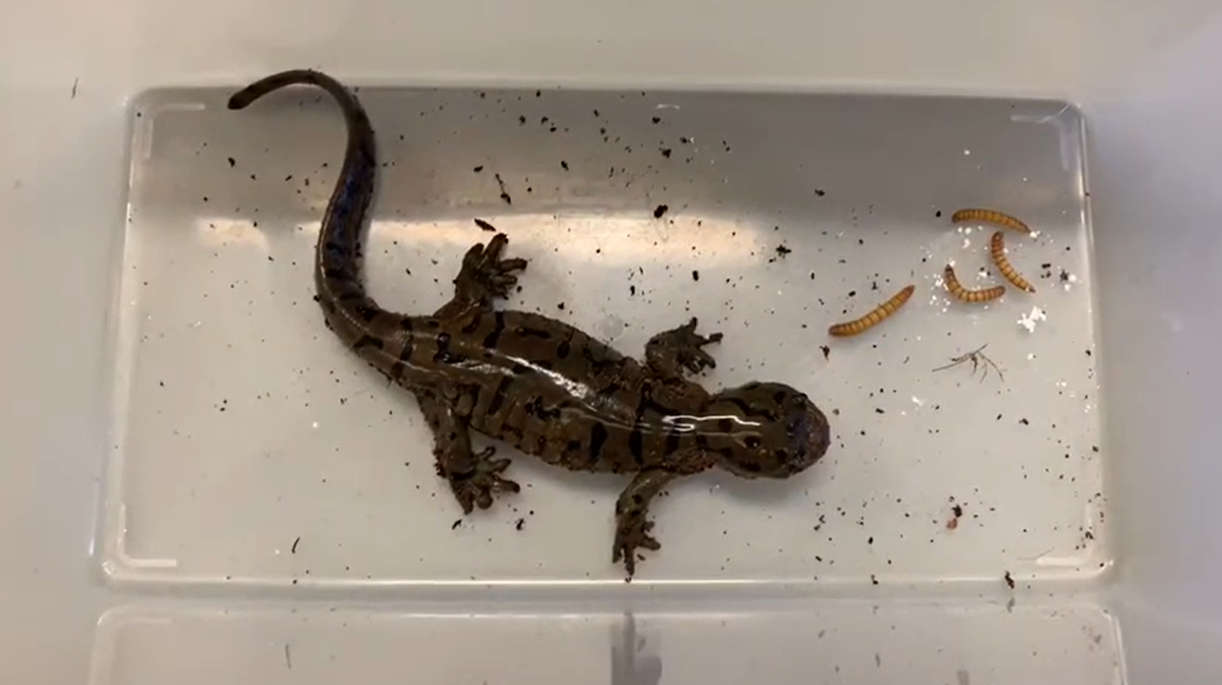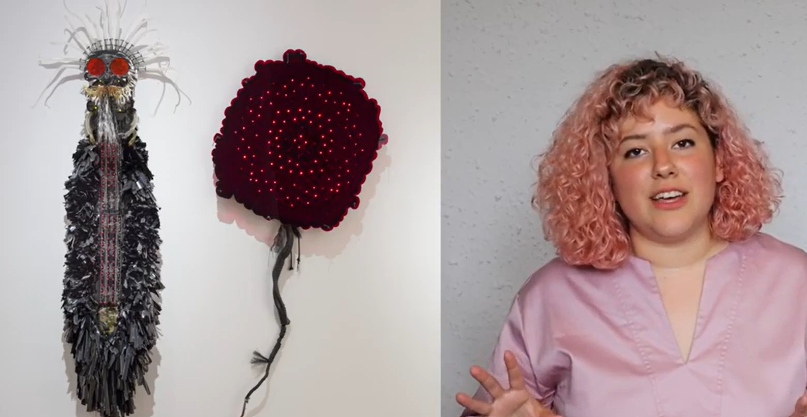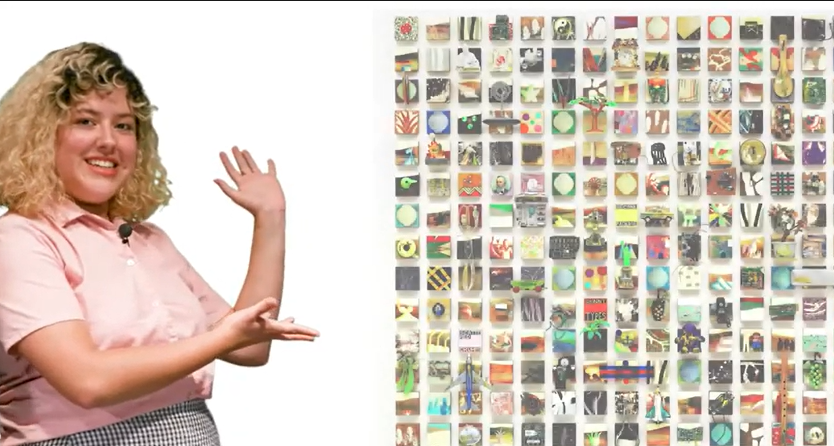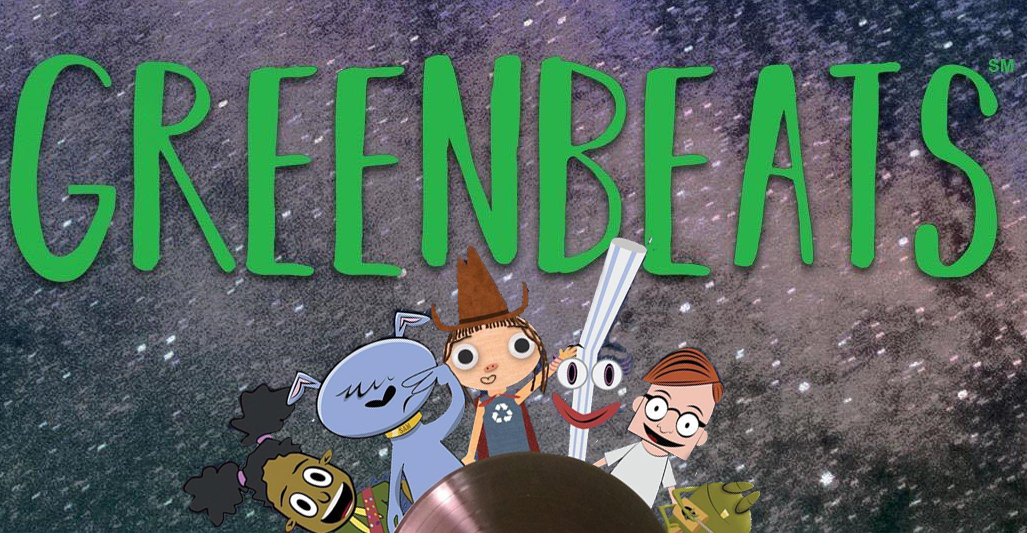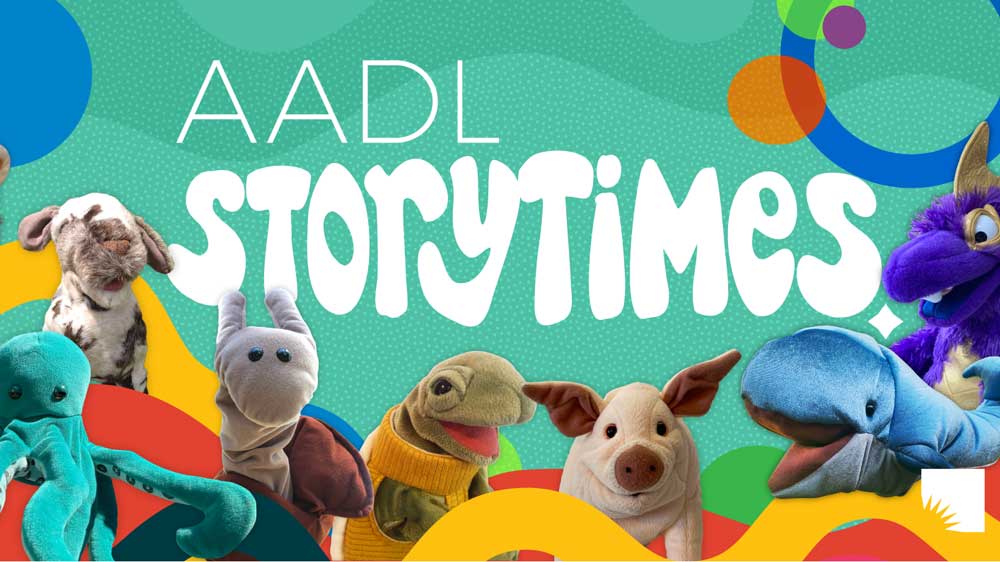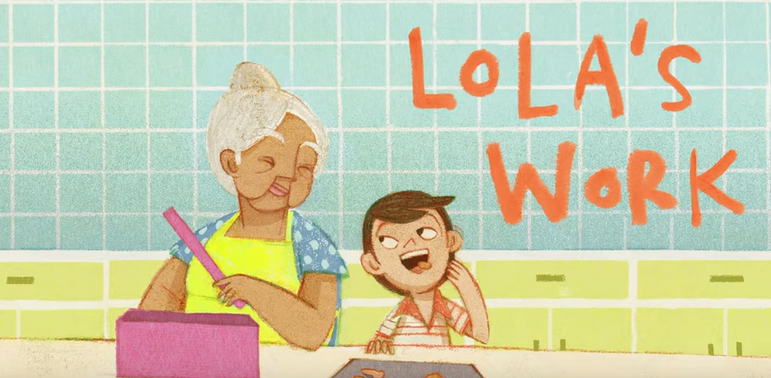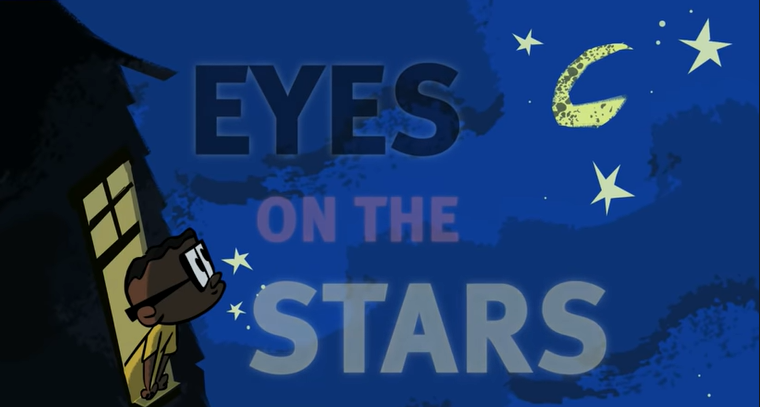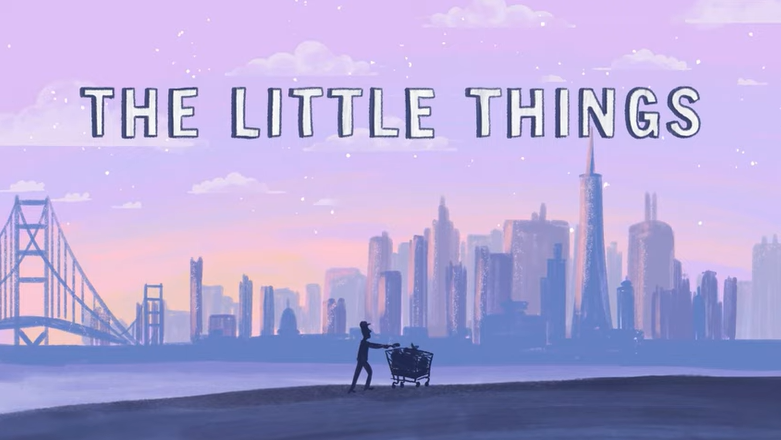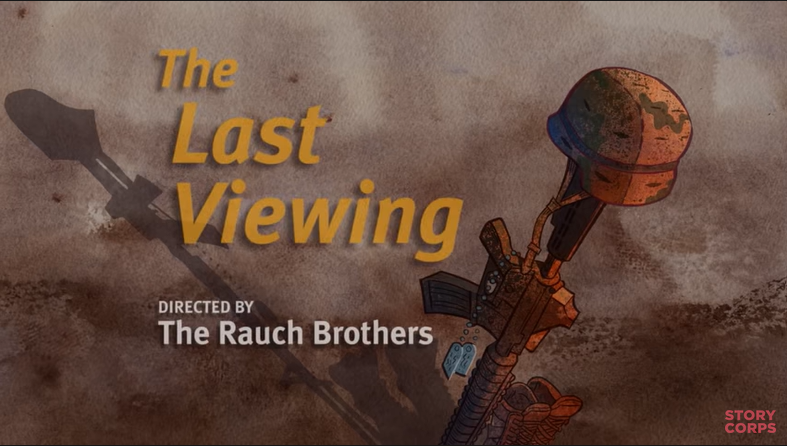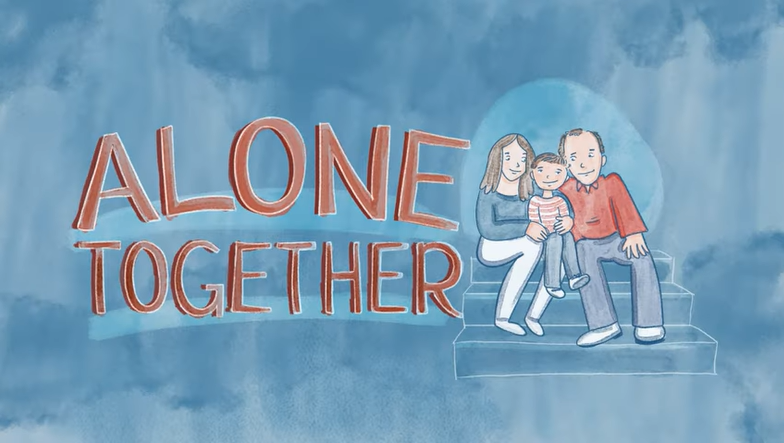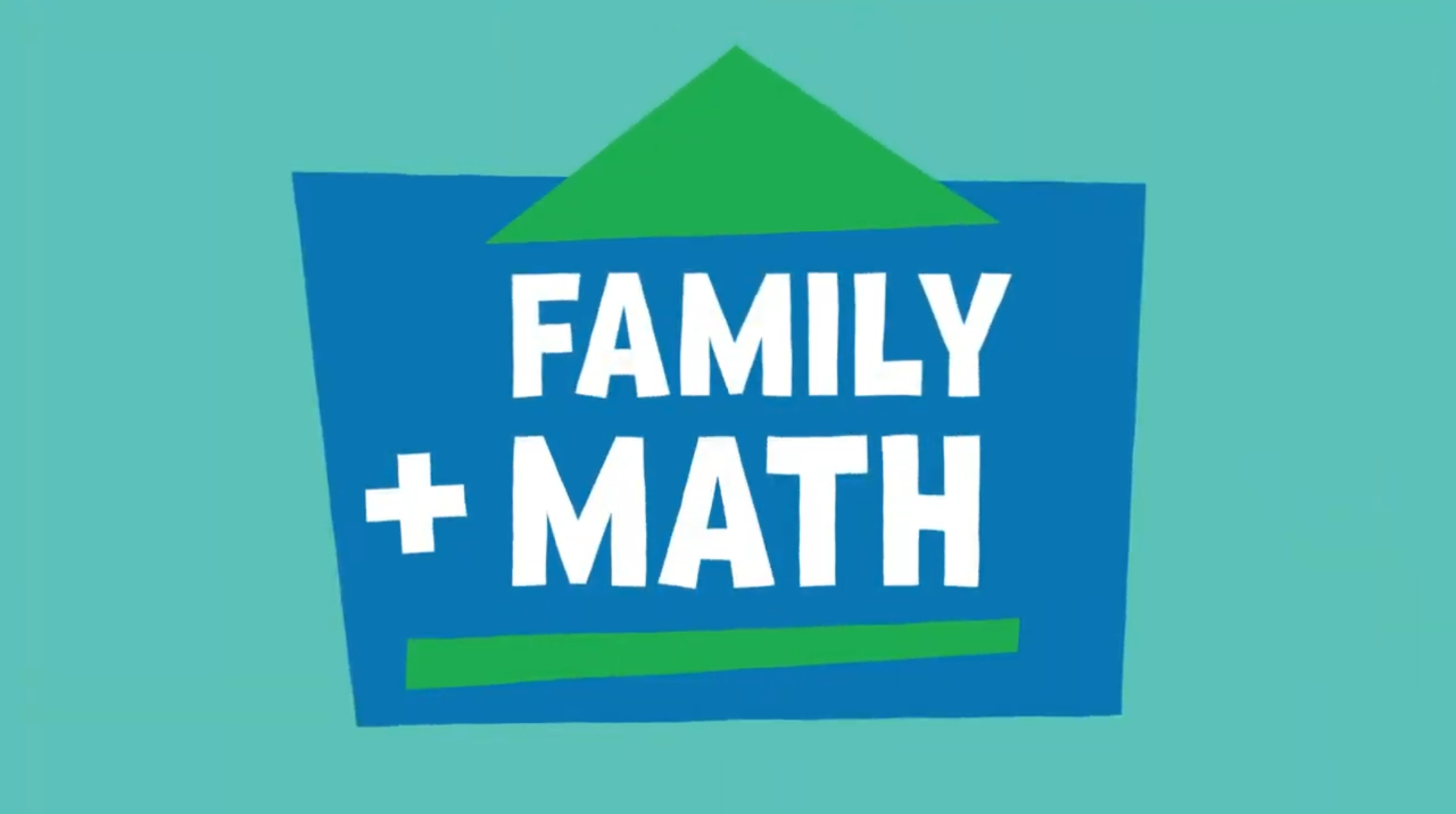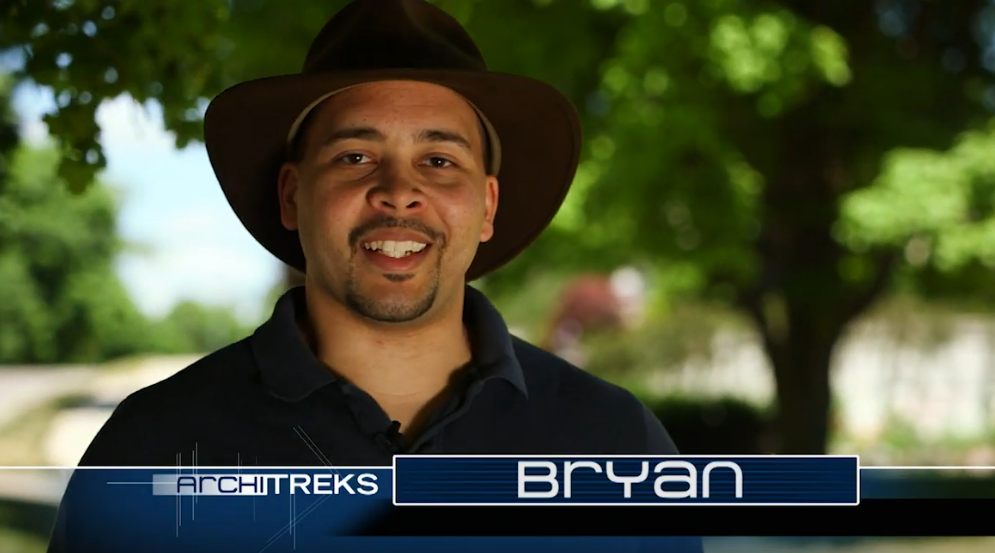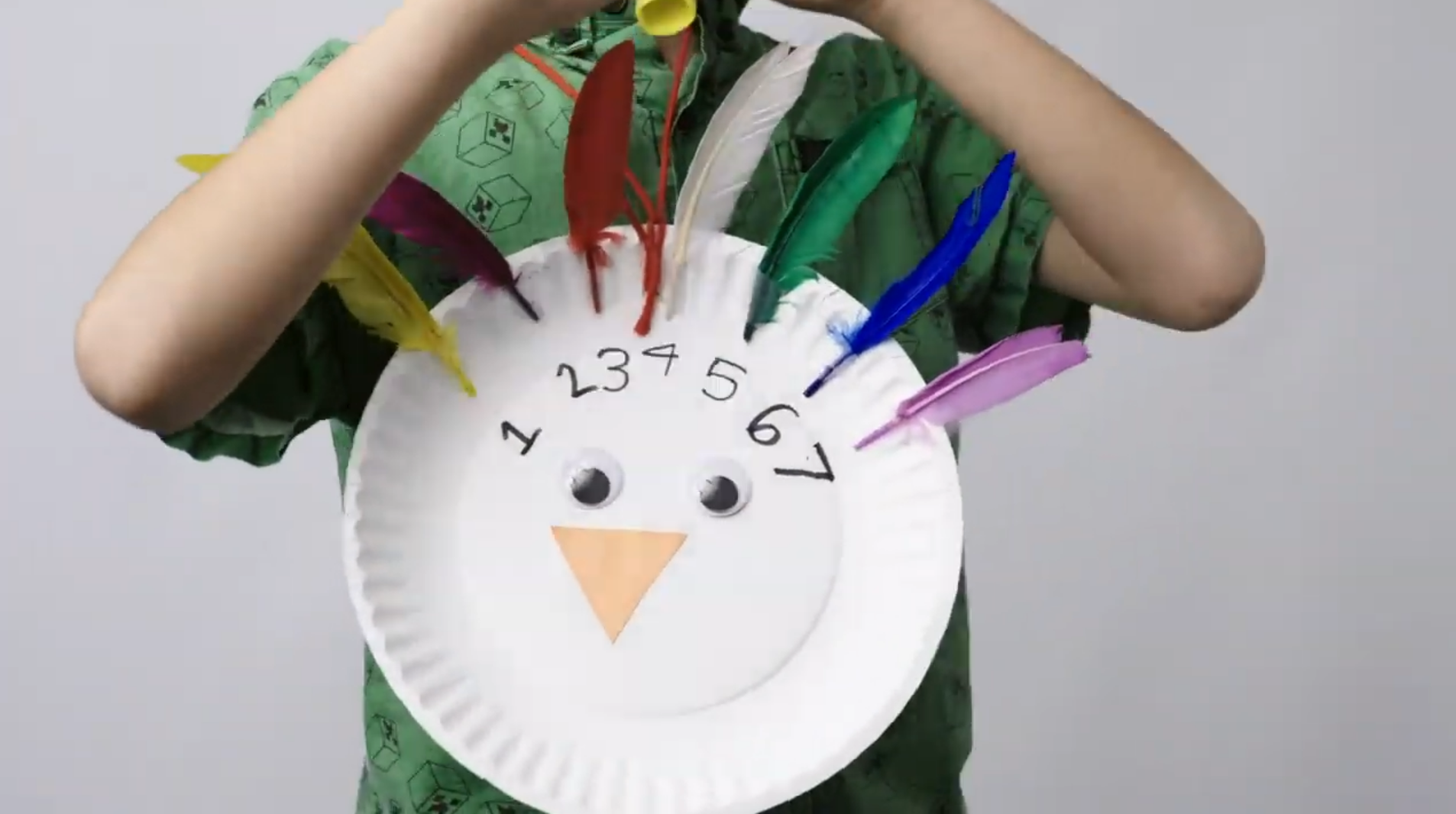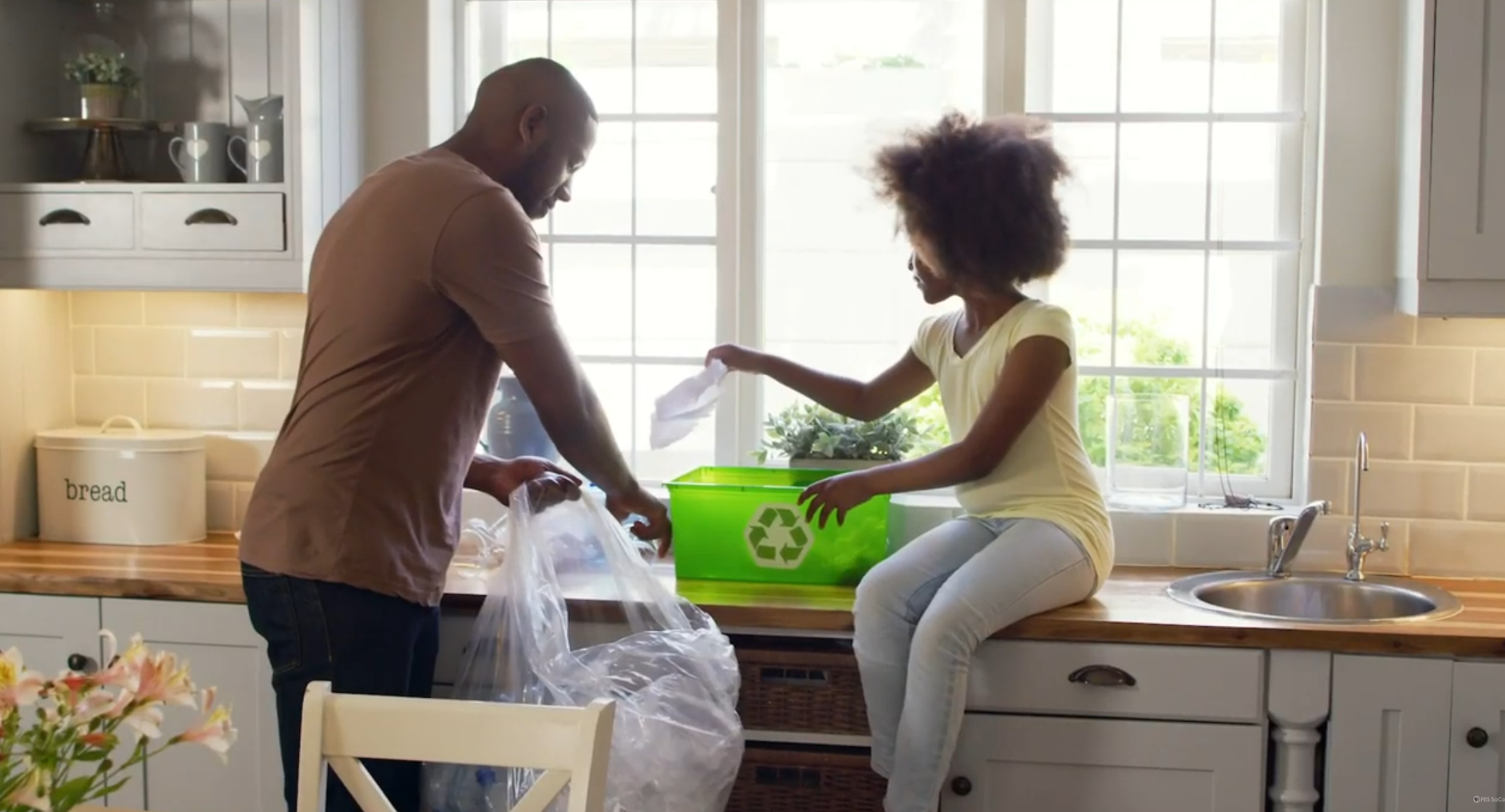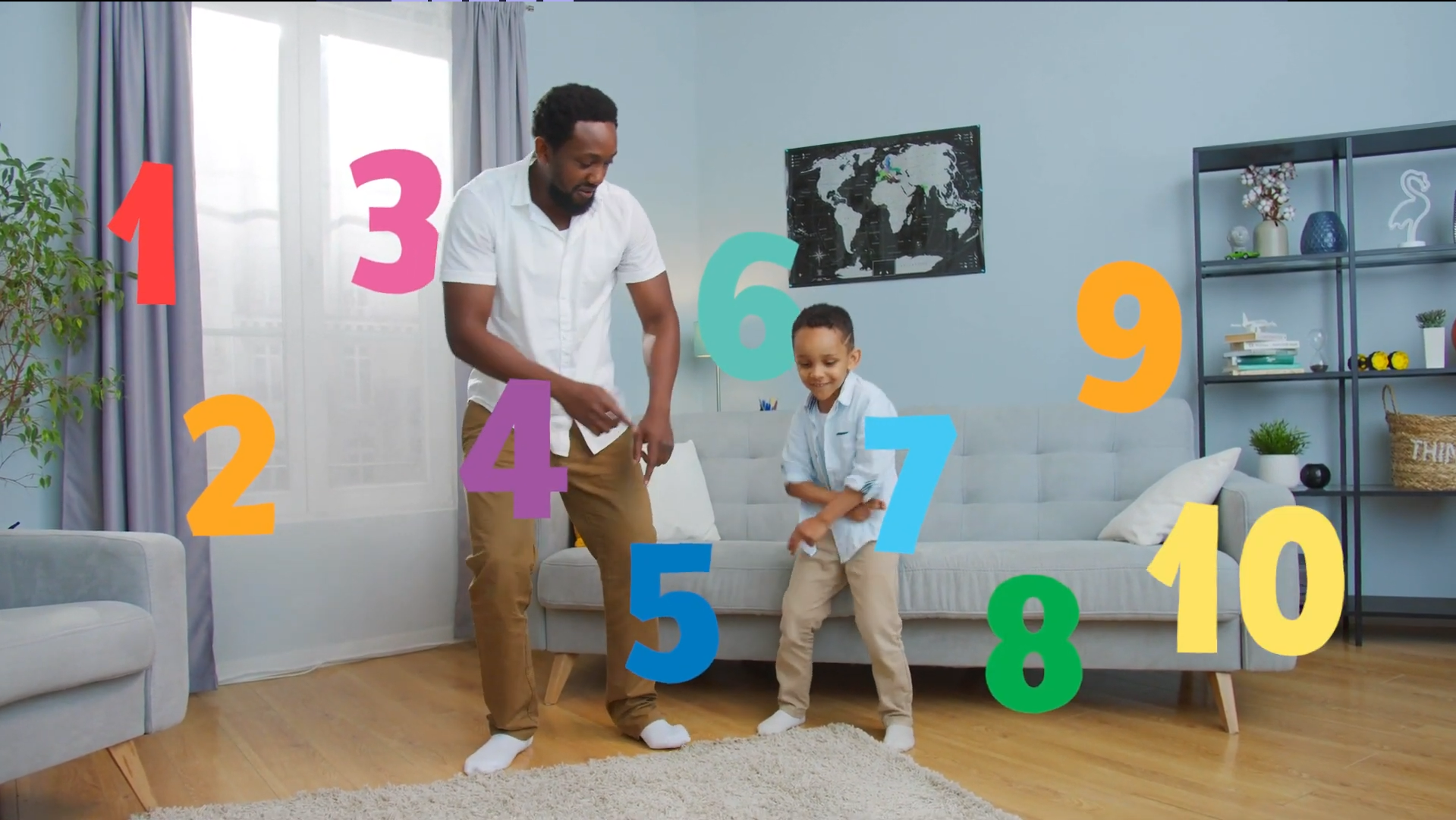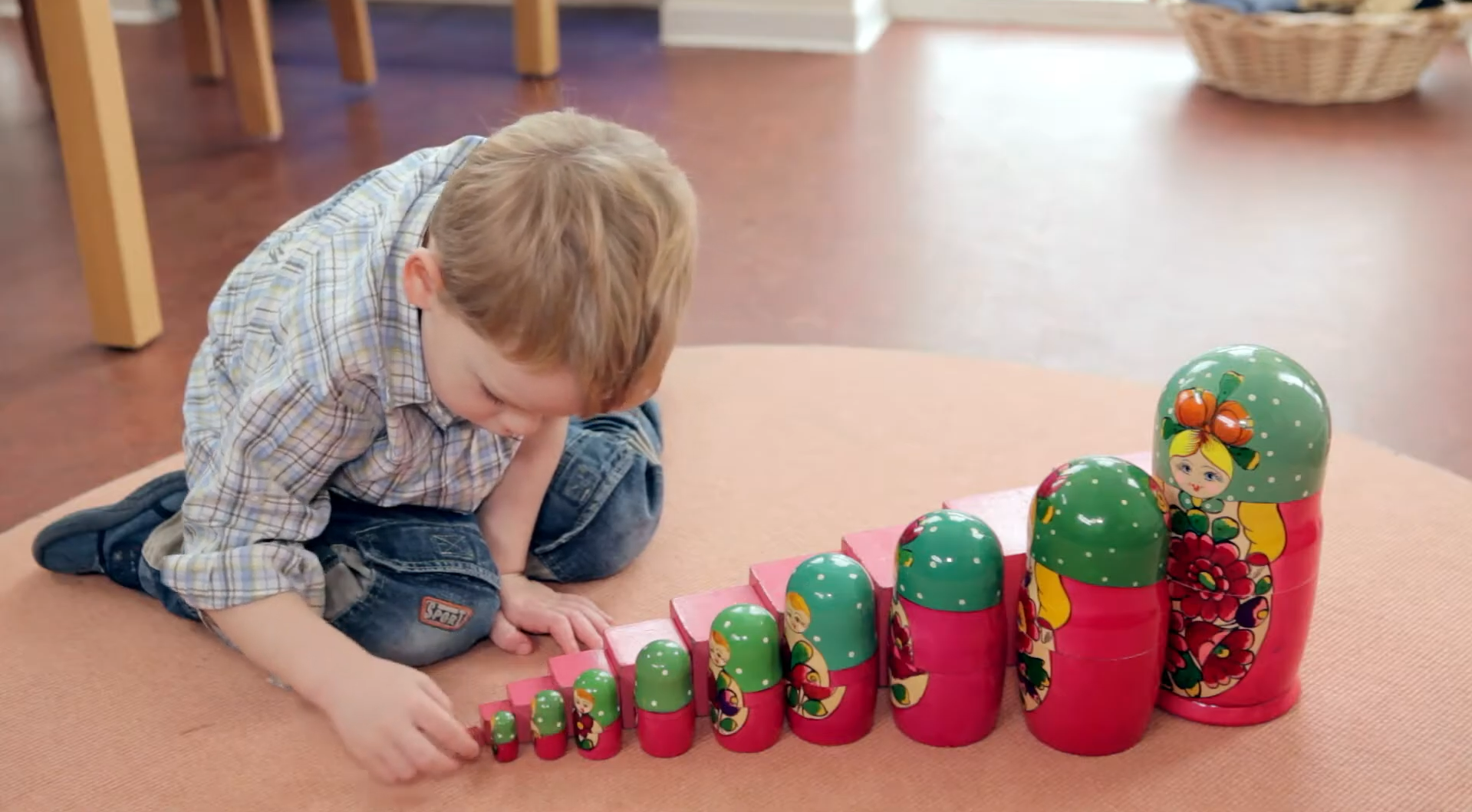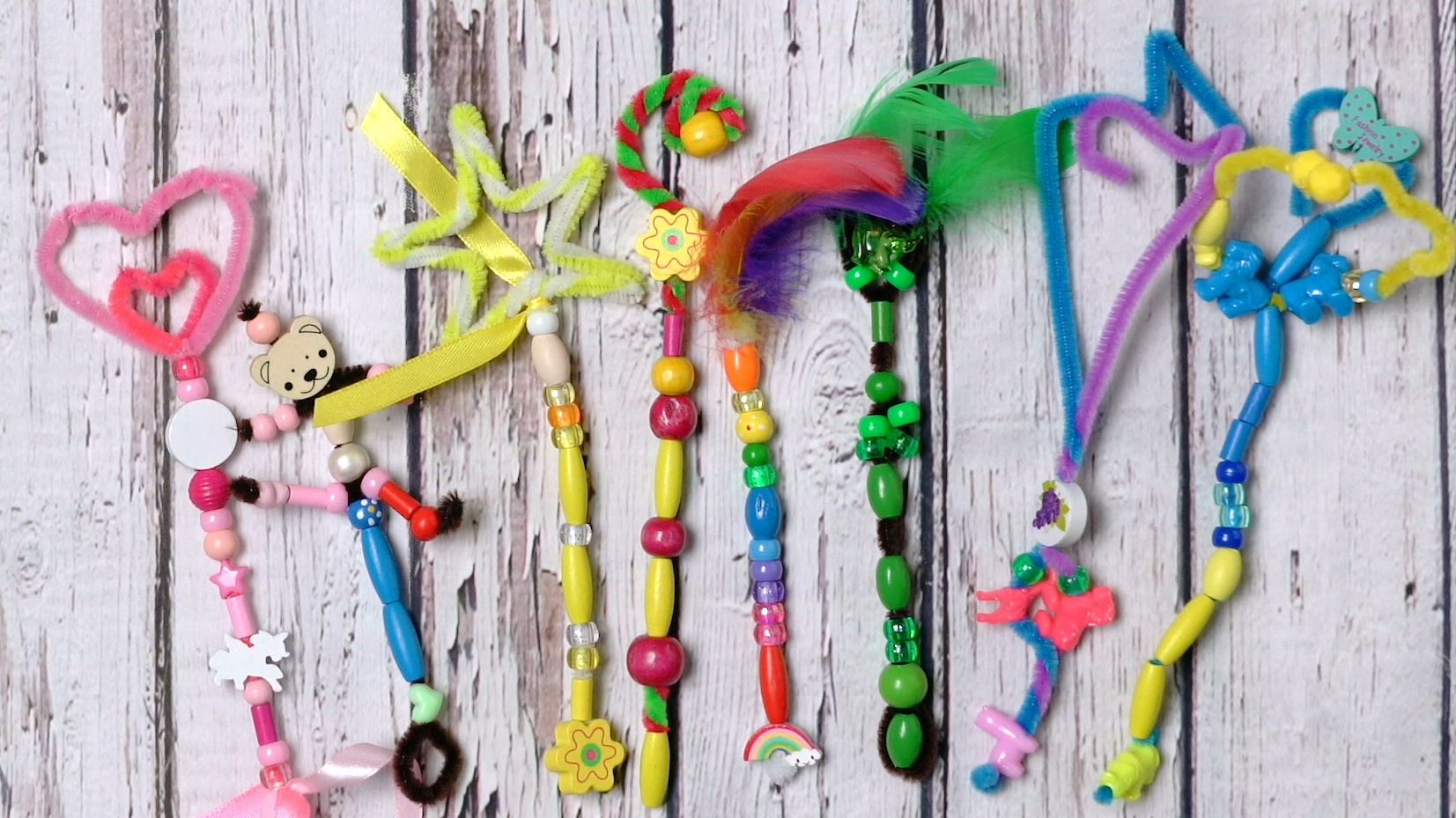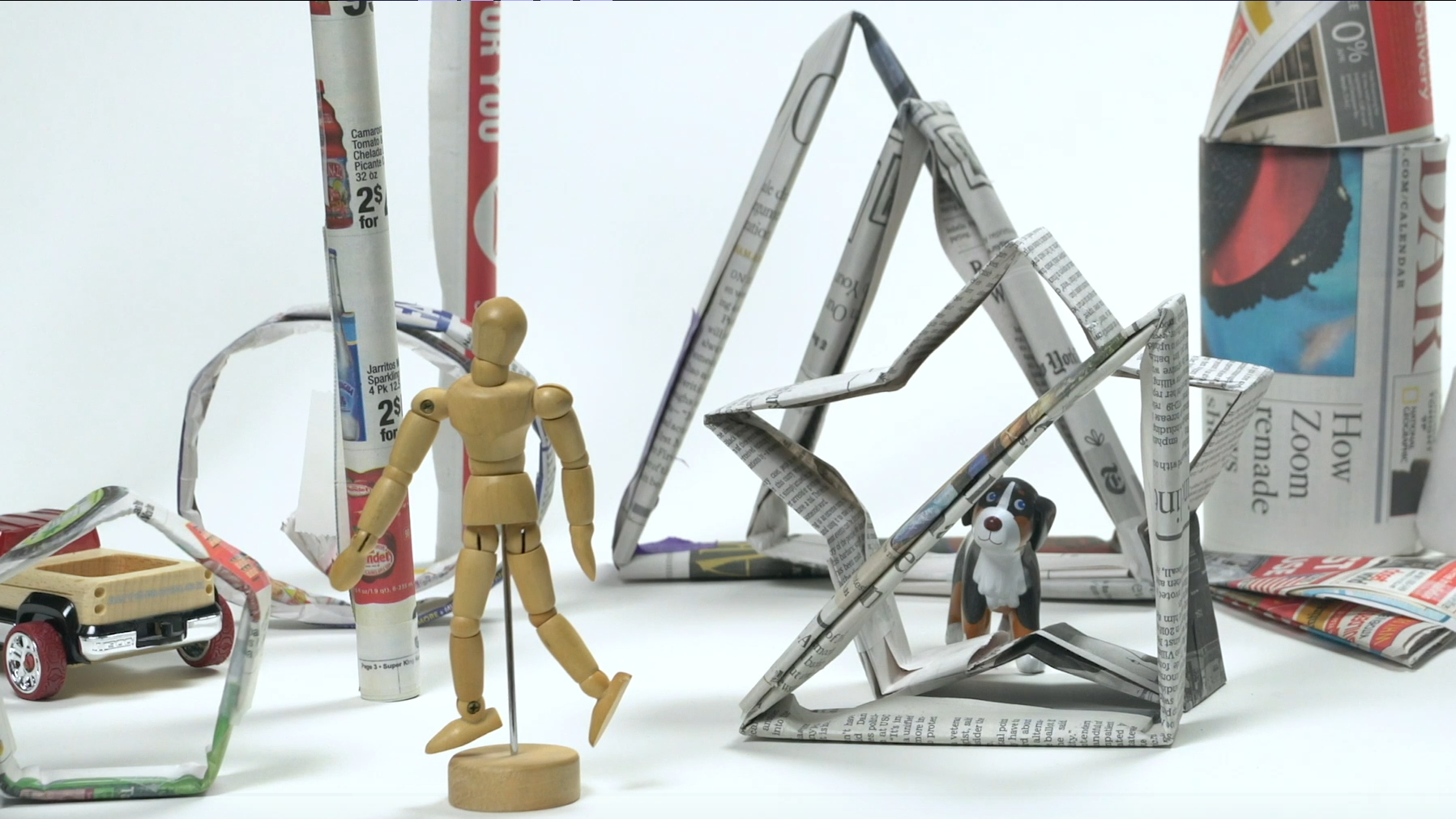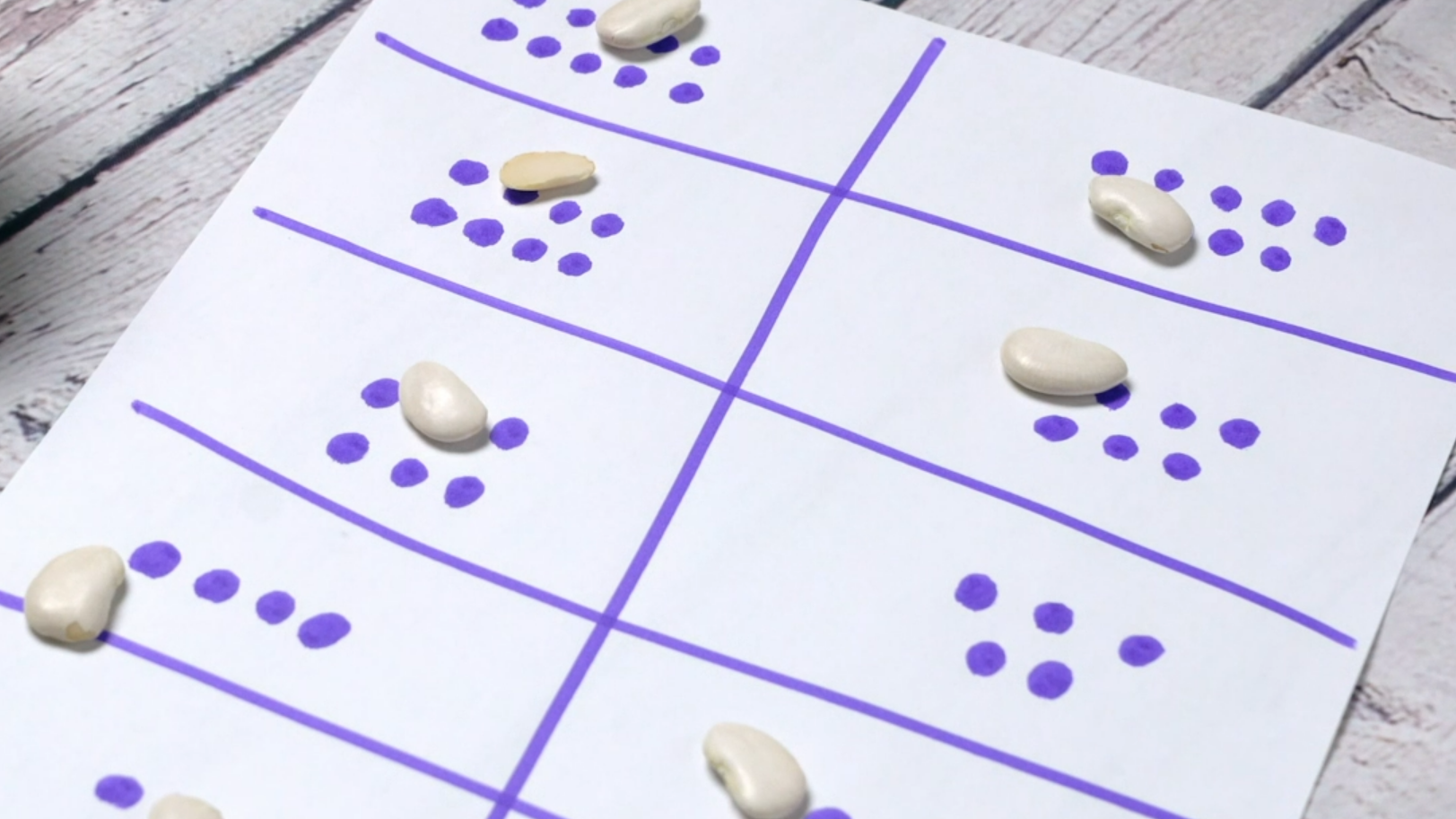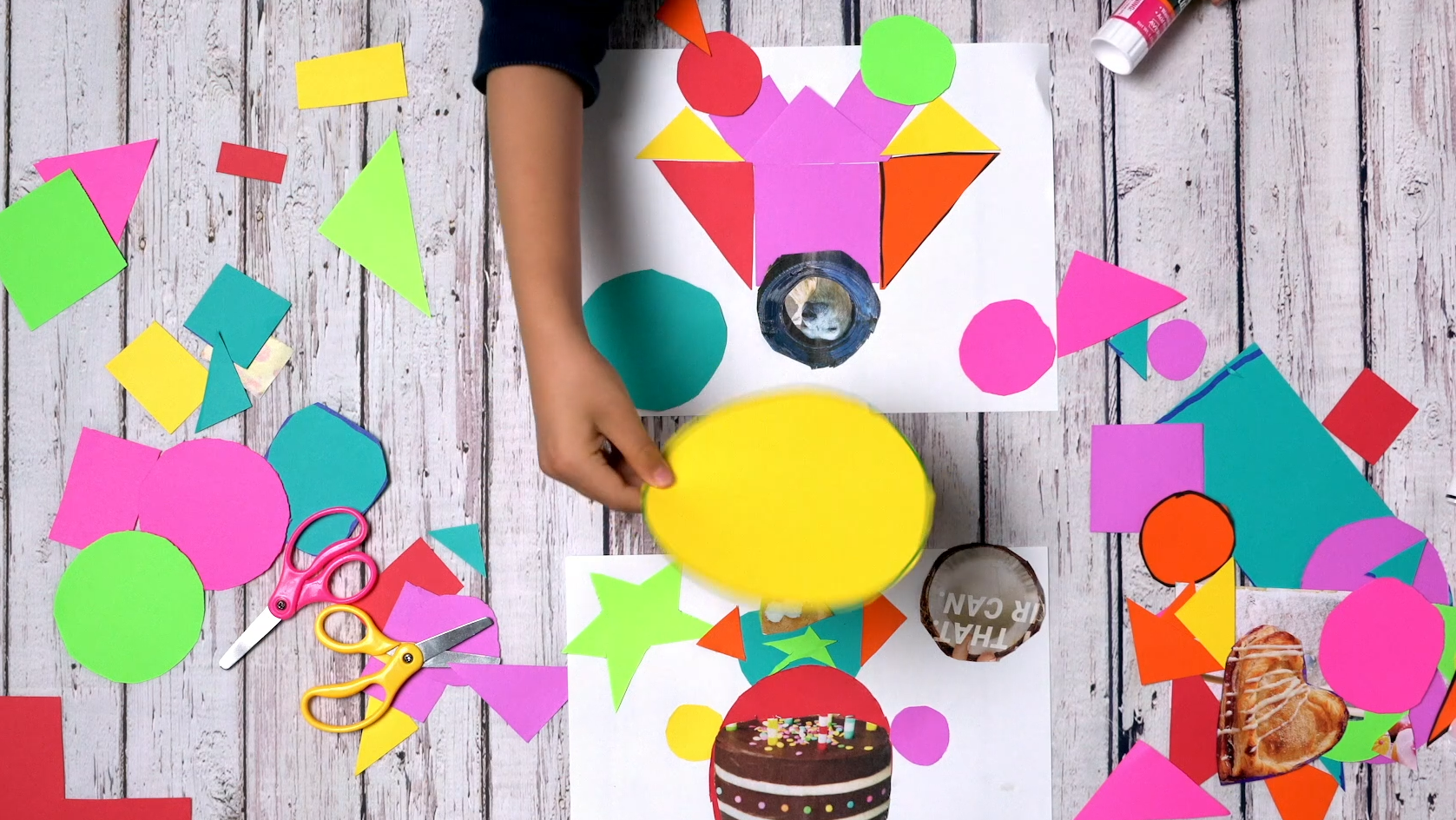Subjects
Shows
Lesson 202
Learn about the letter P and learn about the different types of precipitation.
Lesson 203
Learn about the letter N and read about temperature.
Lesson 204
Learn about the letter C and sort the different types of clouds.
Read stories and try hands-on STEM projects at Traverse City's historic Opera House.
Take a virtual trip outside with your Metroparks. This time on the trail we found a sign from a skunk that has ventured through Willow Metropark.
As we go along the trail in Oakwoods Metropark, we are looking for signs of animals. If we’re lucky we might see something like a beaver chew!
This time on the trail we found a sign from a deer that has ventured through Oakwoods Metropark.
Learn about the two fox species we have here in Michigan. Discover what makes each fox unique and learn some ways to identify them.
With this video we will look closely at those eggs, discover what is inside of them, have a fun little experiment and more!
In early March 2020, some Metropark interpreters presented hatching programs to several elementary schools in Southeastern Michigan.
Learn about eastern tiger salamanders and watch Helga enjoy some yummy meal worms.
Why don't hens and hawks get along? Join David, educator and storyteller, as he tells the tale of the hawk and the hen through visual storytelling. 3:36 What gives hyenas their unusual walking style? Join David, educator and storyteller, as he tells the tale of "The Hyena and the Crow"
Have you ever wondered why mosquitoes always seem to be buzzing in our ears? Join David, educator and storyteller for the Detroit Zoological Society, as he tells the story of the mosquito.
What gives hyenas their unusual walking style? Join David, educator and storyteller, as he tells the tale of "The Hyena and the Crow" through visual storytelling.
In this episode of Animal Welfare Tales, we share the stories of Buster and Trio, two thoroughbred horses who were rescued from the horse racing industry and found sanctuary at the Detroit Zoo.
Join us in this episode of Celebrating Science as we spotlight the director of the National Amphibian Conservation Center, Dr. Ruth Marcec-Greaves and see. See how her love of amphibians has shaped her life from the very beginning.
When it comes to fairytales not all amphibians are treated equally. Join Zahraa, education specialist for the Detroit Zoological Society, to separate the myths from the misconceptions about frogs and toads.
When people visit the Detroit Zoo, they often head straight for our many animal habitats. These habitats and their animal inhabitants are amazing, but they are not the only places at the Zoo that are worth checking out. In this special series, Secret Zoo, we will share some of the Detroit Zoo’s less known, but equally fascinating features. This first episode focuses on three of the Detroit Zoo’s hidden greenspaces.
Why do giraffes stand so tall? Join David, educator and storyteller, as he tells the tale of "When the Giraffes First Raised Their Necks" through visual storytelling.
Have you ever heard the sound of a steel tongue drum? Detroit musician Demetrius Thomas demonstrates this beautiful instrument which he uses to explore otherworldly and unplugged sonic environments.
Lesson 6
Gotta figure out a way to clean up this mess. It’s gonna take a master plan and imagination to do [...]
Lesson 5
These four women from around the world have fought bravely to save the environment. Our heroes are Rachel Carson from [...]
Join the Ann Arbor District Library's crew of puppet pals as they recommend and talk about new and interesting picture [...]
https://youtu.be/xi0zewvxWnQJoin the Ann Arbor District Library’s crew of puppet pals as they recommend and talk about new and interesting picture [...]
To Crescenciana Tan, family meant everything. After years of labor in the Philippines, she came to the U.S. to help raise her grandchildren, who called her Lola. Using StoryCorps Connect, her grandson, Kenneth, told his mother Olivia about the greatest lesson Lola taught him.
On January 28, 1986, NASA Challenger mission STS-51-L ended in tragedy when the shuttle exploded 73 seconds after takeoff. On board was physicist Ronald E. McNair, who was the second African American to enter space. But first, he was a kid with big dreams in Lake City, South Carolina.
“You know, it’s the little things that you do day in and day out that I admired for the last 8 years. I don’t think you can find a better person to be friends with.” Every week, Herman Travis loads up a heavy shopping cart full of groceries from a food bank to bring to elderly neighbors in a low-income housing complex. Over time, he’s become close with the residents, including Robert Cochran. Together they came to StoryCorps to talk about how meaningful this weekly gesture has become to them both.
Allen Hoe was as a combat medic in Vietnam. His oldest son, Nainoa K. Hoe, served as a first lieutenant infantry officer with the Army’s 3rd Battalion in Iraq. In January 2005, while leading his men through Mosul, Iraq, Nainoa was killed by sniper fire. He was 27. On Memorial Day in 2005, Allen traveled from Hawaii to Washington, D.C. for an event honoring Army nurses returning home from the war. He remembers meeting the Army nurse who had cared for his son after he had been shot and killed during combat in Mosul, Iraq.
Throughout the COVID-19 pandemic, Director of Microbiology Dr. Roberto Vargas worked long hours running tests at a hospital in Rochester, New York. Because of the risk of exposure, he made the difficult decision to isolate himself from his wife, Susan, and their four young kids. At the time of this conversation, he was living in the basement of their home. Using StoryCorps Connect, Dr. Vargas spoke virtually with his wife Susan and their 10-year-old son Xavier about the toll that this setup has taken on them, and the ways they have come together as a family despite the distance.
Trusted tools that help families with children ages 2-5 uncover the joy of math in everyday experiences.
Lesson 310
Learn all about the letter X and learn two new high-frequency words.
Lesson 309
The letter Q and the qualities of a good leader.
Lesson 308
Learn all about the letter U and read a story about a wolf mom and her pups.
Lesson 307
Learn all about the letter M and practice building words.
Introduce young children to important community helpers.
Lesson 4
Have you ever heard of time capsules? Because of how architects have designed the world we live in, any building [...]
ArchiTreks get kids excited about architecture, science, engineering, and more through fun and educational adventures as they explore and discover their surroundings.
Make a duck mask necklace and quack along as we count and solve basic math equations.
Learn how children can sort, collect, and group objects they see in the real-world A simple chore, like laundry, can be an opportunity to discuss math with your kids.
Discover how children learn to count and how you, as a family member or caregiver of a young learner, can help encourage their development. Then explore ways you can bring number sense into the home by recognizing opportunities to talk about math in everyday life, including while clearing the breakfast table.
Learn the patterns and rules used to help predict outcomes. Then, while preparing lunch, find patterns and predict what will come next.
Look at the world and identify shapes, while discussing the attributes that define them. Then continue the conversation at home while putting groceries away.
Kids must develop a spatial sense to communicate with others about the world around them. To do so, it’s important that families use vocabulary related to position and location as often as possible around young learners.
In this step-by-step activity video, we create magical bead wands while learning to sort and collect with your child. This video is included as part of PBS SoCal’s Family Math initiative, which provides math tools and support for families of young learners.
In this step-by-step activity video, which requires little other than some newspaper and tape, we learn about the vocabulary of location and position (over, under, in front of and behind). Practicing these skills helps your children develop a spatial sense of objects in relation to other objects in a 3D space.
In this step-by-step activity video, we create a fun Bingo-style board game while helping your child develop number and counting skills. This video is included as part of PBS SoCal’s Family Math initiative, which provides math tools and support for families of young learners.
In this step-by-step activity video, we hunt through magazines and newspapers for shapes while talking to our children about shape names and attributes. We then create colorful collages to share with the family. This video is included as part of PBS SoCal’s Family Math initiative, which provides math tools and support for families of young learners.
Subjects
Shows
Lesson 202
Learn about the letter P and learn about the different types of precipitation.
Lesson 203
Learn about the letter N and read about temperature.
Lesson 204
Learn about the letter C and sort the different types of clouds.
Read stories and try hands-on STEM projects at Traverse City's historic Opera House.
Take a virtual trip outside with your Metroparks. This time on the trail we found a sign from a skunk that has ventured through Willow Metropark.
As we go along the trail in Oakwoods Metropark, we are looking for signs of animals. If we’re lucky we might see something like a beaver chew!
This time on the trail we found a sign from a deer that has ventured through Oakwoods Metropark.
Learn about the two fox species we have here in Michigan. Discover what makes each fox unique and learn some ways to identify them.
With this video we will look closely at those eggs, discover what is inside of them, have a fun little experiment and more!
In early March 2020, some Metropark interpreters presented hatching programs to several elementary schools in Southeastern Michigan.
Learn about eastern tiger salamanders and watch Helga enjoy some yummy meal worms.
Why don't hens and hawks get along? Join David, educator and storyteller, as he tells the tale of the hawk and the hen through visual storytelling. 3:36 What gives hyenas their unusual walking style? Join David, educator and storyteller, as he tells the tale of "The Hyena and the Crow"
Have you ever wondered why mosquitoes always seem to be buzzing in our ears? Join David, educator and storyteller for the Detroit Zoological Society, as he tells the story of the mosquito.
What gives hyenas their unusual walking style? Join David, educator and storyteller, as he tells the tale of "The Hyena and the Crow" through visual storytelling.
In this episode of Animal Welfare Tales, we share the stories of Buster and Trio, two thoroughbred horses who were rescued from the horse racing industry and found sanctuary at the Detroit Zoo.
Join us in this episode of Celebrating Science as we spotlight the director of the National Amphibian Conservation Center, Dr. Ruth Marcec-Greaves and see. See how her love of amphibians has shaped her life from the very beginning.
When it comes to fairytales not all amphibians are treated equally. Join Zahraa, education specialist for the Detroit Zoological Society, to separate the myths from the misconceptions about frogs and toads.
When people visit the Detroit Zoo, they often head straight for our many animal habitats. These habitats and their animal inhabitants are amazing, but they are not the only places at the Zoo that are worth checking out. In this special series, Secret Zoo, we will share some of the Detroit Zoo’s less known, but equally fascinating features. This first episode focuses on three of the Detroit Zoo’s hidden greenspaces.
Why do giraffes stand so tall? Join David, educator and storyteller, as he tells the tale of "When the Giraffes First Raised Their Necks" through visual storytelling.
Have you ever heard the sound of a steel tongue drum? Detroit musician Demetrius Thomas demonstrates this beautiful instrument which he uses to explore otherworldly and unplugged sonic environments.
Lesson 6
Gotta figure out a way to clean up this mess. It’s gonna take a master plan and imagination to do [...]
Lesson 5
These four women from around the world have fought bravely to save the environment. Our heroes are Rachel Carson from [...]
Join the Ann Arbor District Library's crew of puppet pals as they recommend and talk about new and interesting picture [...]
https://youtu.be/xi0zewvxWnQJoin the Ann Arbor District Library’s crew of puppet pals as they recommend and talk about new and interesting picture [...]
To Crescenciana Tan, family meant everything. After years of labor in the Philippines, she came to the U.S. to help raise her grandchildren, who called her Lola. Using StoryCorps Connect, her grandson, Kenneth, told his mother Olivia about the greatest lesson Lola taught him.
On January 28, 1986, NASA Challenger mission STS-51-L ended in tragedy when the shuttle exploded 73 seconds after takeoff. On board was physicist Ronald E. McNair, who was the second African American to enter space. But first, he was a kid with big dreams in Lake City, South Carolina.
“You know, it’s the little things that you do day in and day out that I admired for the last 8 years. I don’t think you can find a better person to be friends with.” Every week, Herman Travis loads up a heavy shopping cart full of groceries from a food bank to bring to elderly neighbors in a low-income housing complex. Over time, he’s become close with the residents, including Robert Cochran. Together they came to StoryCorps to talk about how meaningful this weekly gesture has become to them both.
Allen Hoe was as a combat medic in Vietnam. His oldest son, Nainoa K. Hoe, served as a first lieutenant infantry officer with the Army’s 3rd Battalion in Iraq. In January 2005, while leading his men through Mosul, Iraq, Nainoa was killed by sniper fire. He was 27. On Memorial Day in 2005, Allen traveled from Hawaii to Washington, D.C. for an event honoring Army nurses returning home from the war. He remembers meeting the Army nurse who had cared for his son after he had been shot and killed during combat in Mosul, Iraq.
Throughout the COVID-19 pandemic, Director of Microbiology Dr. Roberto Vargas worked long hours running tests at a hospital in Rochester, New York. Because of the risk of exposure, he made the difficult decision to isolate himself from his wife, Susan, and their four young kids. At the time of this conversation, he was living in the basement of their home. Using StoryCorps Connect, Dr. Vargas spoke virtually with his wife Susan and their 10-year-old son Xavier about the toll that this setup has taken on them, and the ways they have come together as a family despite the distance.
Trusted tools that help families with children ages 2-5 uncover the joy of math in everyday experiences.
Lesson 310
Learn all about the letter X and learn two new high-frequency words.
Lesson 309
The letter Q and the qualities of a good leader.
Lesson 308
Learn all about the letter U and read a story about a wolf mom and her pups.
Lesson 307
Learn all about the letter M and practice building words.
Introduce young children to important community helpers.
Lesson 4
Have you ever heard of time capsules? Because of how architects have designed the world we live in, any building [...]
ArchiTreks get kids excited about architecture, science, engineering, and more through fun and educational adventures as they explore and discover their surroundings.
Make a duck mask necklace and quack along as we count and solve basic math equations.
Learn how children can sort, collect, and group objects they see in the real-world A simple chore, like laundry, can be an opportunity to discuss math with your kids.
Discover how children learn to count and how you, as a family member or caregiver of a young learner, can help encourage their development. Then explore ways you can bring number sense into the home by recognizing opportunities to talk about math in everyday life, including while clearing the breakfast table.
Learn the patterns and rules used to help predict outcomes. Then, while preparing lunch, find patterns and predict what will come next.
Look at the world and identify shapes, while discussing the attributes that define them. Then continue the conversation at home while putting groceries away.
Kids must develop a spatial sense to communicate with others about the world around them. To do so, it’s important that families use vocabulary related to position and location as often as possible around young learners.
In this step-by-step activity video, we create magical bead wands while learning to sort and collect with your child. This video is included as part of PBS SoCal’s Family Math initiative, which provides math tools and support for families of young learners.
In this step-by-step activity video, which requires little other than some newspaper and tape, we learn about the vocabulary of location and position (over, under, in front of and behind). Practicing these skills helps your children develop a spatial sense of objects in relation to other objects in a 3D space.
In this step-by-step activity video, we create a fun Bingo-style board game while helping your child develop number and counting skills. This video is included as part of PBS SoCal’s Family Math initiative, which provides math tools and support for families of young learners.
In this step-by-step activity video, we hunt through magazines and newspapers for shapes while talking to our children about shape names and attributes. We then create colorful collages to share with the family. This video is included as part of PBS SoCal’s Family Math initiative, which provides math tools and support for families of young learners.


